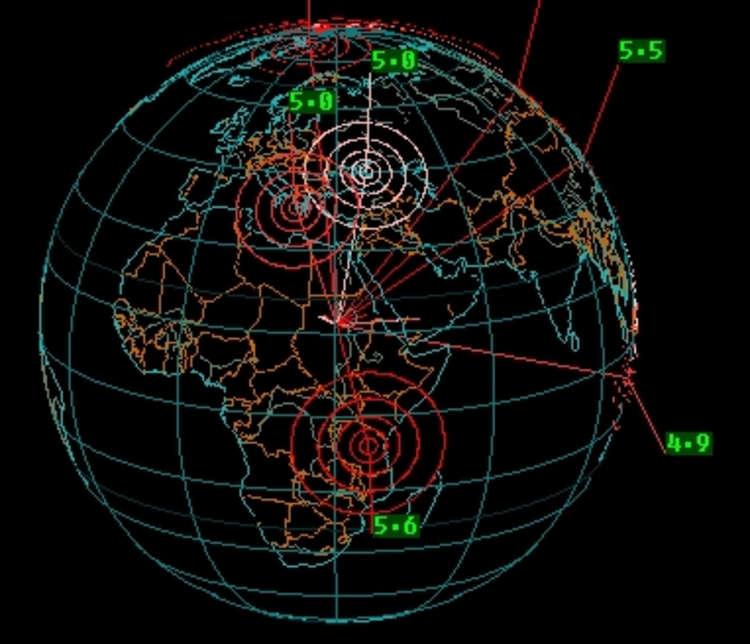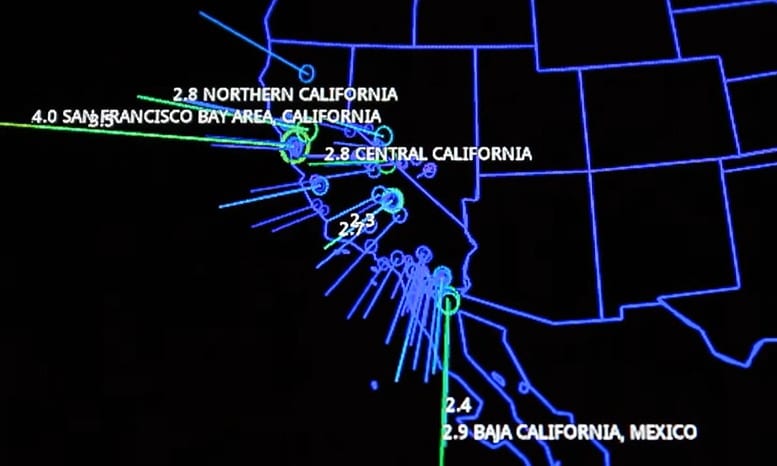

ASCETE: "Advanced Simulation of Coupled Earthquake and Tsunami Events" (Volkswagen Foundation, 2011-2019).Chameleon: "A task-based programming environment for reactive applications" (BMBF, 2017-2020).BAIES: "Bayesian inference of earthquake source parameters: kinematic and dynamic finite fault models" (DFG, 2018-2021).FRAGEN: "Fracture activation in geo-reservoirs - physics of (induced) earthquakes in complex fault networks" (KAUST-CRG, 2018-2021).CoCoReCS: SeisSol als Community-Software für Reproduzierbare Computational Seismology (DFG, 2018-2021).ChEESE: Centre of Excellence for Exascale in Solid Earth (ERC-H2020, 2018-2021).

TEAR: Truely Extended Earthquake Rupture (ERC Starting Grant 2019 to Alice-Agnes Gabriel).

To produce reliable and sufficiently accurate synthetic seismograms or other seismological data sets.
 use of arbitrarily high approximation order in time and space. use of elastic, viscoelastic and viscoplastic material to approximate realistic geological subsurface properties. To approximate complex 3D model geometries and rapid model generation In our implementation, tetrahedral elements are used which allows for a better fit of the geometrical constraints of the problem, i.e., the fault shape, and for an easy control of the variation of element sizes using smooth refining and coarsening strategies.SeisSol is a software package for simulating wave propagation and dynamic rupture based on the arbitrary high-order accurate derivative discontinuous Galerkin method (ADER-DG).Ĭharacteristics of the SeisSol simulation software are: Typical applications in both areas require the ability to deal with rupture surfaces of complicated, realistic geometries with high computational efficiency. Computational earthquake dynamics is emerging as a key component in physics-based approaches to strong motion prediction for seismic hazard assessment and in physically constrained inversion approaches to earthquake source imaging from seismological and geodetic observations.
use of arbitrarily high approximation order in time and space. use of elastic, viscoelastic and viscoplastic material to approximate realistic geological subsurface properties. To approximate complex 3D model geometries and rapid model generation In our implementation, tetrahedral elements are used which allows for a better fit of the geometrical constraints of the problem, i.e., the fault shape, and for an easy control of the variation of element sizes using smooth refining and coarsening strategies.SeisSol is a software package for simulating wave propagation and dynamic rupture based on the arbitrary high-order accurate derivative discontinuous Galerkin method (ADER-DG).Ĭharacteristics of the SeisSol simulation software are: Typical applications in both areas require the ability to deal with rupture surfaces of complicated, realistic geometries with high computational efficiency. Computational earthquake dynamics is emerging as a key component in physics-based approaches to strong motion prediction for seismic hazard assessment and in physically constrained inversion approaches to earthquake source imaging from seismological and geodetic observations.








 0 kommentar(er)
0 kommentar(er)
